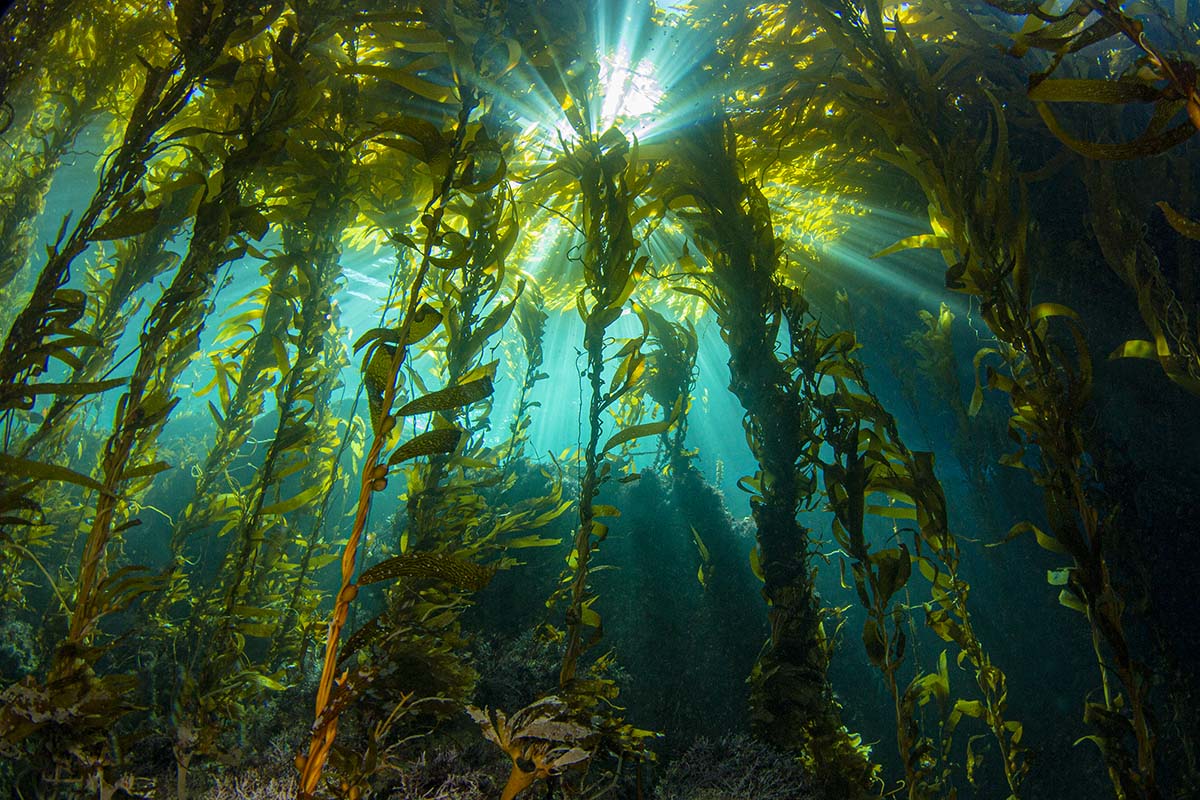
Kelp might seem like just another underwater plant, but it’s actually a fascinating marine marvel. Did you know kelp can grow up to 2 feet per day? This rapid growth makes it one of the fastest-growing organisms on Earth. Found in underwater forests, kelp plays a crucial role in marine ecosystems, providing habitat and food for countless sea creatures. Beyond its ecological importance, kelp is also used in many everyday products, from toothpaste to ice cream. Its unique properties make it a valuable resource for both nature and industry. Ready to dive into some amazing kelp facts? Let’s get started!
Key Takeaways:
- Kelp, a fast-growing seaweed, supports marine life, reduces coastal erosion, and can be used in food, medicine, and even as a natural fertilizer. It's a versatile and important part of our oceans and daily lives.
- Kelp's rapid growth, ecological importance, and diverse uses make it a fascinating and valuable marine plant. From providing habitat for marine species to potential medical benefits, kelp plays a crucial role in our world.
What is Kelp?
Kelp, a type of large brown seaweed, thrives in underwater forests along coastlines. These marine plants play a crucial role in ocean ecosystems, providing habitat and food for many marine species. Let's dive into some fascinating facts about kelp.
Kelp's Growth and Structure
Kelp's unique growth patterns and structure make it a standout in the marine world.
- Kelp can grow up to 2 feet per day. This rapid growth rate makes it one of the fastest-growing plants on Earth.
- Kelp forests can reach heights of over 100 feet. These underwater forests are as impressive as their terrestrial counterparts.
- Kelp uses gas-filled bladders to stay upright. These bladders, called pneumatocysts, help kelp float towards the sunlight.
Kelp's Ecological Importance
Kelp forests are vital to marine life and the health of our oceans.
- Kelp forests provide habitat for over 1,000 marine species. Fish, invertebrates, and marine mammals all find shelter and food in these forests.
- Kelp helps reduce coastal erosion. By absorbing wave energy, kelp forests protect shorelines from erosion.
- Kelp absorbs carbon dioxide. This process helps mitigate climate change by reducing the amount of CO2 in the atmosphere.
Kelp in Human Use
Humans have found numerous ways to utilize kelp in daily life.
- Kelp is used in food products. It can be found in items like ice cream, salad dressings, and even beer.
- Kelp is a source of alginate. This substance is used in products like toothpaste, cosmetics, and pharmaceuticals.
- Kelp farming is a growing industry. Sustainable kelp farming provides food, biofuel, and other products while benefiting the environment.
Kelp's Role in Science and Medicine
Kelp's unique properties have made it a subject of scientific research and medical use.
- Kelp contains iodine. This essential nutrient supports thyroid function and overall health.
- Kelp has anti-inflammatory properties. Compounds found in kelp can help reduce inflammation in the body.
- Kelp is studied for its potential in cancer treatment. Some studies suggest that kelp may help inhibit the growth of cancer cells.
Fun and Surprising Facts About Kelp
Kelp has some lesser-known, yet equally interesting, aspects.
- Kelp forests can be seen from space. Their vast size makes them visible in satellite images.
- Kelp can be used as a natural fertilizer. Its rich nutrient content benefits soil health and plant growth.
- Kelp has been used in traditional medicine for centuries. Various cultures have utilized kelp for its healing properties.
Kelp's significance extends far beyond the ocean, impacting ecosystems, human industries, and scientific research.
The Final Word on Kelp
Kelp isn't just seaweed; it's a powerhouse of benefits. From providing essential nutrients to supporting marine ecosystems, kelp plays a crucial role in our world. It's used in food, medicine, and even beauty products. Kelp forests offer shelter and food for countless marine species, making them vital for ocean health. Plus, they help combat climate change by absorbing carbon dioxide.
Knowing these facts about kelp can change how you see this underwater plant. Next time you spot kelp on the beach or in a store, remember its importance. Whether you're interested in its environmental impact or its uses in everyday products, kelp is worth paying attention to. So, keep these facts in mind and appreciate the humble kelp for all it does.
Frequently Asked Questions
Was this page helpful?
Our commitment to delivering trustworthy and engaging content is at the heart of what we do. Each fact on our site is contributed by real users like you, bringing a wealth of diverse insights and information. To ensure the highest standards of accuracy and reliability, our dedicated editors meticulously review each submission. This process guarantees that the facts we share are not only fascinating but also credible. Trust in our commitment to quality and authenticity as you explore and learn with us.


